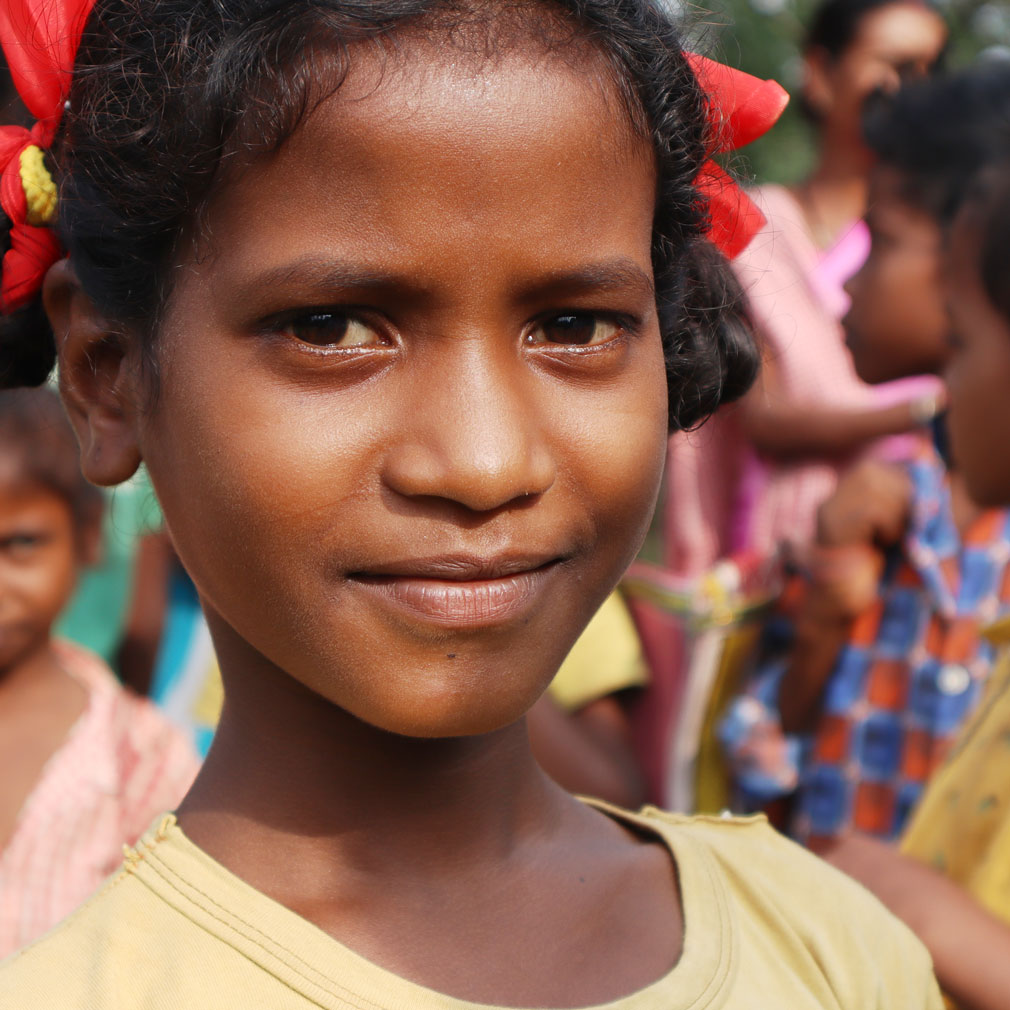The Learning Enrichment Program (LEP) focuses on transforming the learning environment in government schools. It envisages bringing changes in the approach to teaching Language, Math, Science, and Social Sciences and embedding the same in the government school system, so that the basic deficits which start occurring in grades 1 and 2, get arrested. We use it as a strategy to convince teachers that the reason for non-learning or poor learning of children lies in the uninteresting teaching learning processes and other pedagogic lacunae practiced in our classes.
The LEP stresses six aspects of learning – planning, teacher learning material (TLM), pupil organization, classroom culture, classroom transaction, and assessment. The program caters to children aged 6-16 years. There are four stages in the LEP – L1 and L2 for children from grade 3 – 5, L3 for children from grades 6-8, and self-directed e-learning classes for older children.
The LEP remedial classes are conducted for 2 hours before or after school by specially trained community volunteers or Aspire teaching staff. The TLM encourages children to think independently and gives them freedom to explore new ideas. Case in point, our attempt to develop an evidence-based historical temper among children by motivating them to explore their own families, their village, their state, as young historians and conduct interviews, share notes, and make case studies. We also work with children to improve their spoken and written English.
Examples of some of the learning strategies adopted in LEP are rhymes and balgeet, story-telling, drawing, namavali, reading aloud (story), time with books, matra khadi, dramatization, action word, naming word, description word, conversation, instruction, make sentence, sentence structure, guided reading, 5 level reading card, mind map, speech, scholastic books, story reading, picture prompt etc. The LEP aims to enhance a child’s expressive abilities, improve reading skills, build knowledge of letters, sounds, and matras, improve speaking and questioning skills, recall stories, understand instructions, improve writing and sentence making skills, instill creative imagination, build sight vocabulary, improve knowledge on specific topics, etc. LEP teachers are actively engaged in designing their own TLM as per the socio-cultural context of the classroom.

